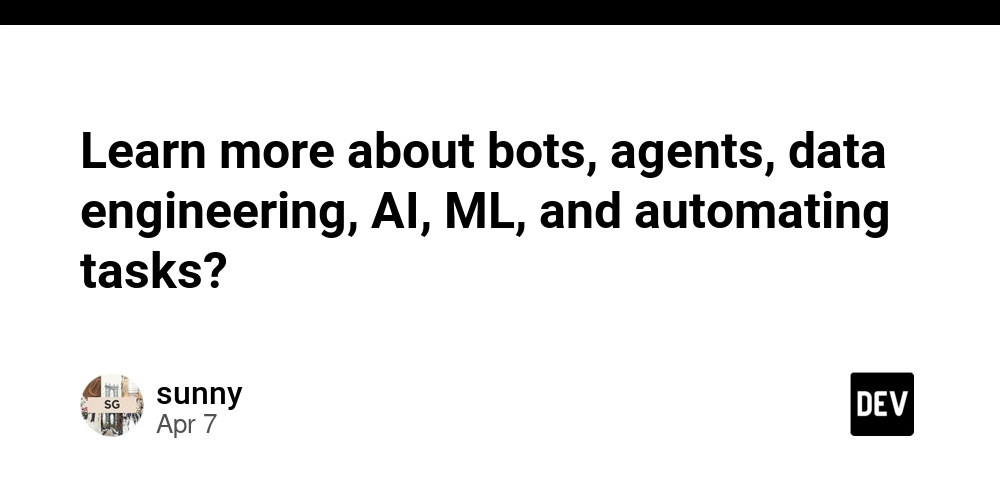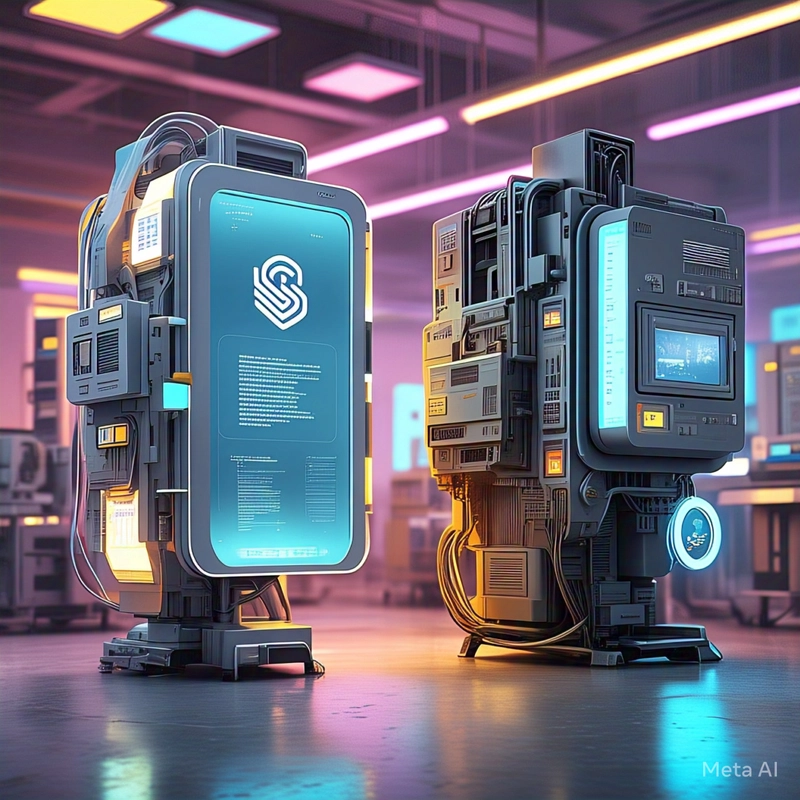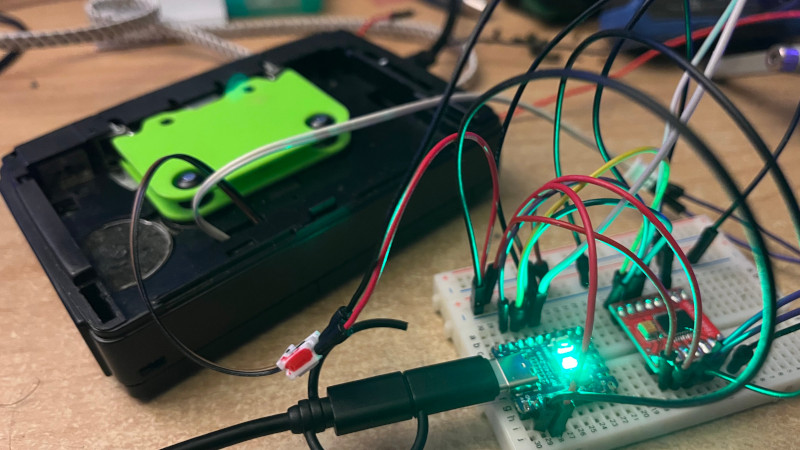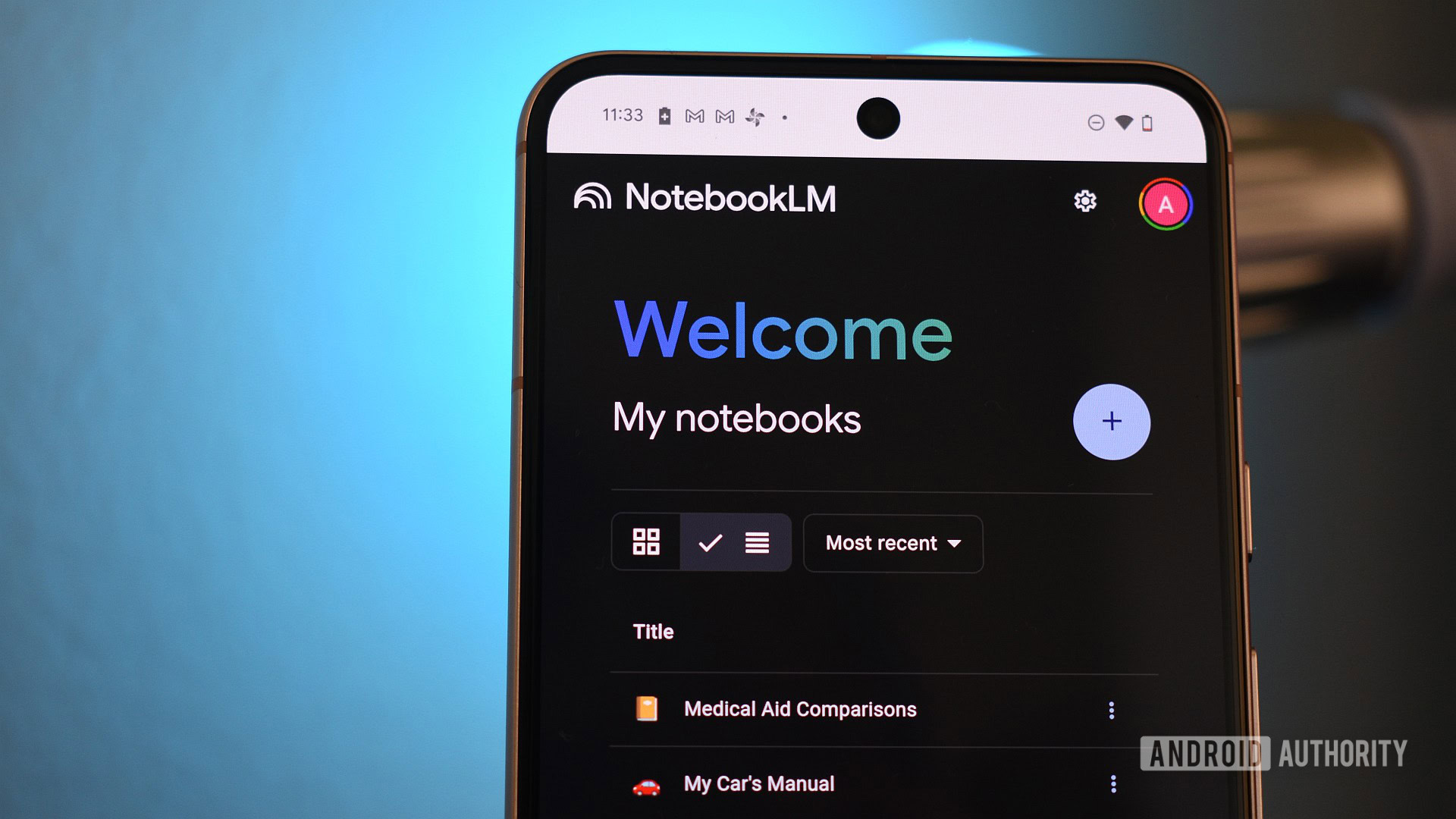Learn more about bots, agents, data engineering, AI, ML, and automating tasks?
Bots and Agents Bots are automated software applications designed to perform specific tasks. Agents are more complex and capable of making decisions based on the environment or context. The most common types are chatbots (chatgpt) and personal assistants. To get started: Learn Python or JavaScript. Both are great languages for building bots. Explore frameworks like Rasa (for conversational bots), Dialogflow (Google's chatbot platform), or Microsoft Bot Framework. Work with APIs to integrate bots with services like Slack, Telegram, or websites. Data Engineering Data Engineering involves the design, construction, and management of systems for collecting, storing, and analyzing data. It's closely tied to data pipelines, databases, and big data technologies. To get started: Learn SQL (for working with relational databases). Get hands-on with Big Data tools like Apache Hadoop, Spark, and Kafka. Learn ETL (Extract, Transform, Load) concepts and tools like Apache Airflow, Talend, or even Python-based frameworks like Pandas and Dask. Familiarize yourself with cloud platforms (AWS, Google Cloud, or Azure), as data engineering is heavily tied to cloud infrastructure. Work on data pipelines and practice data wrangling with real-world datasets. Artificial Intelligence (AI) AI refers to machines that can perform tasks that typically require human intelligence, like understanding natural language, recognizing images, or making decisions. To get started: Start with basic machine learning (ML) concepts. Coursera, edX, and Udacity offer great beginner courses on AI. Get hands-on experience using Python libraries like TensorFlow, Keras, and PyTorch. Try working on simple AI projects, such as game-playing agents or language processing systems (e.g., chatbots or voice assistants). Machine Learning (ML) ML is a subset of AI focused on enabling machines to learn from data. It includes supervised learning, unsupervised learning, and reinforcement learning. To get started: Take an introductory course on ML, such as Andrew Ng's Machine Learning course on Coursera. Understand the different types of ML algorithms (e.g., linear regression, decision trees, support vector machines, neural networks). Learn to use ML frameworks like scikit-learn (for traditional ML) and TensorFlow/PyTorch (for deep learning). Work on projects that involve classification, regression, or clustering, using datasets from sources like Kaggle. Automating Tasks Automation is about using technology to perform tasks without human intervention. In software, this could mean automating repetitive tasks using scripts, bots, or AI systems. To get started: Learn Python or Bash scripting. These languages are often used for automating tasks on computers and servers. Explore automation frameworks like Selenium for automating web interactions, or Airflow for scheduling workflows. Learn about Robotic Process Automation (RPA) tools like UiPath or Automation Anywhere to automate business processes. Key Resources to Start: Online Learning Platforms: Coursera: Offers great courses in AI, ML, and Data Engineering (e.g., Andrew Ng's courses on ML and Deep Learning). edX: Another great platform for beginner to advanced-level courses in AI, Data Science, and ML. Udacity: Excellent nano-degree programs in AI, Data Engineering, and Machine Learning. Udemy: Plenty of courses on Python, automation, ML, and bots. Books: "Python Machine Learning" by Sebastian Raschka – A practical guide to building machine learning systems with Python. "Deep Learning" by Ian Goodfellow, Yoshua Bengio, and Aaron Courville – An excellent book on deep learning concepts. "Data Engineering with Python" by Paul Crickard – A good introduction to working with data pipelines and ETL. Practice Platforms: Kaggle: Great for ML and Data Science competitions and datasets. It's an excellent way to apply what you're learning. GitHub: Work on open-source projects or start your own. It's a great way to get hands-on experience. HackerRank: For coding practice, especially in Python and algorithms. Communities: Stack Overflow and Reddit (e.g., r/MachineLearning, r/learnmachinelearning) for questions and discussions. AI and Data Science Meetups: Join local or virtual meetups to network and learn from others in the community. GitHub: Contribute to projects and collaborate with others to improve your skills. The Workflow Here’s a potential learning path: Start with Python (learn the basics and libraries like NumPy, Pandas). Learn Data Science fundamentals (focus on data wrangling, statistics, and visualization). Dive into Machine Learning and learn about algorithms, libraries, and practical applications. Explore AI concepts like neural networks and deep learning. Learn about automation tools (Python scripting, RPA tools). Explore Data Engineering and work with real-time data or cloud platforms. Hands-On Projects to Try: Build a Simple Chatbot: Use libraries like NLTK or spaCy and create a simple rule

- Bots and Agents Bots are automated software applications designed to perform specific tasks. Agents are more complex and capable of making decisions based on the environment or context. The most common types are chatbots (chatgpt) and personal assistants.
To get started:
Learn Python or JavaScript. Both are great languages for building bots.
Explore frameworks like Rasa (for conversational bots), Dialogflow (Google's chatbot platform), or Microsoft Bot Framework.
Work with APIs to integrate bots with services like Slack, Telegram, or websites.
- Data Engineering Data Engineering involves the design, construction, and management of systems for collecting, storing, and analyzing data. It's closely tied to data pipelines, databases, and big data technologies.
To get started:
Learn SQL (for working with relational databases).
Get hands-on with Big Data tools like Apache Hadoop, Spark, and Kafka.
Learn ETL (Extract, Transform, Load) concepts and tools like Apache Airflow, Talend, or even Python-based frameworks like Pandas and Dask.
Familiarize yourself with cloud platforms (AWS, Google Cloud, or Azure), as data engineering is heavily tied to cloud infrastructure.
Work on data pipelines and practice data wrangling with real-world datasets.
- Artificial Intelligence (AI) AI refers to machines that can perform tasks that typically require human intelligence, like understanding natural language, recognizing images, or making decisions.
To get started:
Start with basic machine learning (ML) concepts. Coursera, edX, and Udacity offer great beginner courses on AI.
Get hands-on experience using Python libraries like TensorFlow, Keras, and PyTorch.
Try working on simple AI projects, such as game-playing agents or language processing systems (e.g., chatbots or voice assistants).
- Machine Learning (ML) ML is a subset of AI focused on enabling machines to learn from data. It includes supervised learning, unsupervised learning, and reinforcement learning.
To get started:
Take an introductory course on ML, such as Andrew Ng's Machine Learning course on Coursera.
Understand the different types of ML algorithms (e.g., linear regression, decision trees, support vector machines, neural networks).
Learn to use ML frameworks like scikit-learn (for traditional ML) and TensorFlow/PyTorch (for deep learning).
Work on projects that involve classification, regression, or clustering, using datasets from sources like Kaggle.
- Automating Tasks Automation is about using technology to perform tasks without human intervention. In software, this could mean automating repetitive tasks using scripts, bots, or AI systems.
To get started:
Learn Python or Bash scripting. These languages are often used for automating tasks on computers and servers.
Explore automation frameworks like Selenium for automating web interactions, or Airflow for scheduling workflows.
Learn about Robotic Process Automation (RPA) tools like UiPath or Automation Anywhere to automate business processes.
Key Resources to Start:
Online Learning Platforms:
Coursera: Offers great courses in AI, ML, and Data Engineering (e.g., Andrew Ng's courses on ML and Deep Learning).
edX: Another great platform for beginner to advanced-level courses in AI, Data Science, and ML.
Udacity: Excellent nano-degree programs in AI, Data Engineering, and Machine Learning.
Udemy: Plenty of courses on Python, automation, ML, and bots.
Books:
"Python Machine Learning" by Sebastian Raschka – A practical guide to building machine learning systems with Python.
"Deep Learning" by Ian Goodfellow, Yoshua Bengio, and Aaron Courville – An excellent book on deep learning concepts.
"Data Engineering with Python" by Paul Crickard – A good introduction to working with data pipelines and ETL.
Practice Platforms:
Kaggle: Great for ML and Data Science competitions and datasets. It's an excellent way to apply what you're learning.
GitHub: Work on open-source projects or start your own. It's a great way to get hands-on experience.
HackerRank: For coding practice, especially in Python and algorithms.
Communities:
Stack Overflow and Reddit (e.g., r/MachineLearning, r/learnmachinelearning) for questions and discussions.
AI and Data Science Meetups: Join local or virtual meetups to network and learn from others in the community.
GitHub: Contribute to projects and collaborate with others to improve your skills.
The Workflow
Here’s a potential learning path:
Start with Python (learn the basics and libraries like NumPy, Pandas).
Learn Data Science fundamentals (focus on data wrangling, statistics, and visualization).
Dive into Machine Learning and learn about algorithms, libraries, and practical applications.
Explore AI concepts like neural networks and deep learning.
Learn about automation tools (Python scripting, RPA tools).
Explore Data Engineering and work with real-time data or cloud platforms.
Hands-On Projects to Try:
Build a Simple Chatbot: Use libraries like NLTK or spaCy and create a simple rule-based bot.
Create a Data Pipeline: Collect, clean, and store data from APIs, then analyze or visualize it.
ML Projects: Work on projects like spam classification, image recognition, or recommendation systems.
Automate a Daily Task: Write a script that automates something you do regularly (like file organization, data scraping, or social media posting).
Starting with the basics and gradually building up from there will set you on the right track. As you grow, don't be afraid to try things out and experiment with real projects!








































































































































































![[The AI Show Episode 142]: ChatGPT’s New Image Generator, Studio Ghibli Craze and Backlash, Gemini 2.5, OpenAI Academy, 4o Updates, Vibe Marketing & xAI Acquires X](https://www.marketingaiinstitute.com/hubfs/ep%20142%20cover.png)
































































































































![From drop-out to software architect with Jason Lengstorf [Podcast #167]](https://cdn.hashnode.com/res/hashnode/image/upload/v1743796461357/f3d19cd7-e6f5-4d7c-8bfc-eb974bc8da68.png?#)














































































































(1).jpg?width=1920&height=1920&fit=bounds&quality=80&format=jpg&auto=webp#)





























_NicoElNino_Alamy.png?#)
.webp?#)
.webp?#)








































































































![New iOS 19 Leak Allegedly Reveals Updated Icons, Floating Tab Bar, More [Video]](https://www.iclarified.com/images/news/96958/96958/96958-640.jpg)

![Apple to Source More iPhones From India to Offset China Tariff Costs [Report]](https://www.iclarified.com/images/news/96954/96954/96954-640.jpg)
![Blackmagic Design Unveils DaVinci Resolve 20 With Over 100 New Features and AI Tools [Video]](https://www.iclarified.com/images/news/96951/96951/96951-640.jpg)































































































































